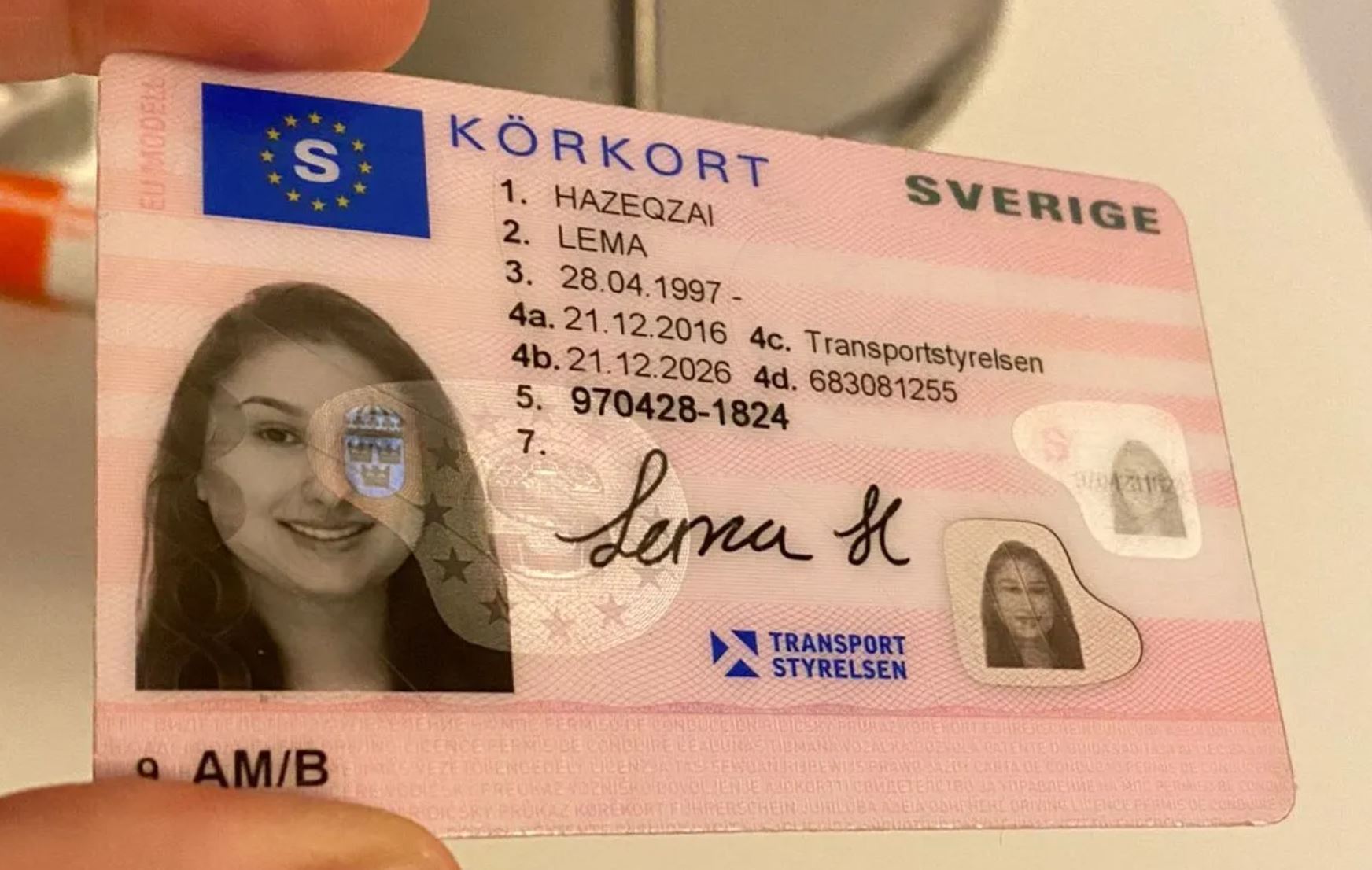Navigating the New Landscape of Driving License ID Handling in 2025
In every society, the driving license functions as a crucial file, not just as an evidence of the capability to run an automobile however also as a recognition tool. As we step into 2025, significant modifications have actually emerged regarding the handling and management of driving licenses, mainly influenced by advances in innovation, developing regulations, and the requirement for boosted security steps. This short article aims to provide a detailed introduction of driving license ID handling in 2025, clarifying the technologies involved, the approaching legal transformations, and offering answers to typical inquiries.
The Transition to Digital Driving Licenses
Among the most noteworthy transformations in driving license ID handling is the widespread adoption of digital driving licenses. These digital licenses are saved digitally on smartphones, providing multiple conveniences to both drivers and authorities. In the United States, for example, numerous states have actually started implementing digital motorist's licenses, while countries such as Canada and the UK are anticipated to follow match soon.
Secret Benefits of Digital Driving Licenses
- Convenience: Easily available on mobile phones, eliminating the requirement to bring physical copies.
- Boosted Security: Incorporating biometric functions and encryption assists to combat identity theft and scams.
- Real-time Updates: Immediate updates to individual details, such as modifications in address or status, boost accuracy.
Obstacles and Concerns
In spite of the benefits, the transition to digital licenses presents obstacles, including concerns about personal privacy, cybersecurity risks, and the digital divide impacting those without access to smartphones or the internet.
Changes in Regulatory Framework
As we head into 2025, several policies surrounding driving licenses have actually come under analysis and improvement. Federal governments and regulatory bodies are concentrating on guaranteeing that driving licenses are secure, valid, and provided in compliance with established laws.
Key Legislative Trends
- Standardized ID Formats: Countries are moving towards a standardized format for driving licenses to improve validation and improve security.
- Increased Verification Procedures: Authorities are now using advanced techniques such as facial recognition and AI to boost confirmation processes at checkpoints.
- Concentrate on Sustainability: With growing environmental issues, numerous states are deciding for eco-friendly products for physical licenses and exploring robust digital alternatives.
- Age and Identity Verification: Enhanced steps are being put in place to accurately confirm the age and identity of drivers, particularly in contexts where age-related laws use to driving.
The Global Perspective: State-By-State Comparison
| Country | Digital License Implementation | Existing Regulations | Noteworthy Features |
|---|---|---|---|
| United States | Numerous states in progress | Varies by state, efforts to merge formats | QR codes for simple validation |
| Canada | In pilot phases | Standardized identification throughout provinces | Integration with health IDs |
| United Kingdom | Early adoption phase | Emphasis on online renewal and information updates | Digital verification by means of the app |
| Australia | Under factor to consider | Increasingly strict recognition procedures | Focus on scams prevention |
The Role of Technology in ID Handling
Innovation is reinventing how driving licenses are handled. AI, blockchain, and biometrics are ending up being integral to driving license issuance and verification.
Developments Shaping the Future
- Expert system: AI algorithms are now made use of for recognizing patterns in driving behaviors, which can notify insurance premiums and legal implications.
- Blockchain Technology: Ensuring the integrity and credibility of driving license information, blockchain innovation enables safe sharing of info in between authorities without fear of tampering.
- Biometrics: Increasingly, biometric systems are carried out at the point of issuance and verification, such as facial acknowledgment and finger print scanners, to make sure safe and secure identity verification.
Possible Impacts of Emerging Technologies
The application of these technologies can lead to boosted dependability and security of driving IDs, however it raises concerns about data personal privacy and user permission.
Often Asked Questions (FAQs)
1. What should I do if my digital driving license is lost or taken?
You must right away report the loss or theft to your regional motor automobile agency. Most digital licenses have built-in features to disable access remotely.
2. Are digital driving licenses accepted all over?
Since 2025, acceptance of digital licenses varies by area. De Körkort 's recommended to bring both digital and physical copies when traveling across state or nationwide borders.
3. Can I upgrade my info on a digital driving license?
Yes, updates can often be made through the associated mobile application or site of the issuing authority.
4. What are the security procedures for digital licenses?
Digital licenses normally incorporate features such as file encryption, two-factor authentication, and biometric confirmation to boost security.
5. How will traditional driving licenses be affected?
The move towards digital licenses might lower the issuance of physical licenses, but they will still be readily available for those unable to gain access to digital choices.
As we advance into a brand-new era in 2025, the handling of driving licenses is enhancing to fulfill the needs of modern-day society. Through technological advancements and regulatory reforms, individuals can expect a more safe, efficient, and streamlined procedure for getting and handling their driving licenses. Nevertheless, as digital services proliferate, it remains vital to address difficulties connecting to privacy, security, and accessibility, making sure equitable roadway access for all chauffeurs while safeguarding individual info. As governments across the world continue to adjust to these modifications, the future of driving license ID handling is set to be both dynamic and transformative.

